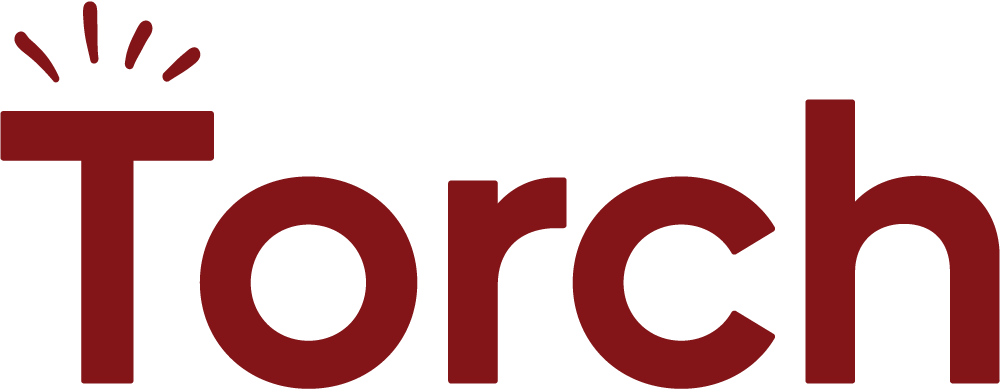Teams don’t need better individuals. They need to work better together.
There’s no denying the impact of a leader on a team. But the leader is only one key ingredient. If you think about a symphony, the leader is the conductor. But the musicians have to pay attention to more than just the conductor. They have to listen to each other. They have to work in harmony. They have to connect, sense and feel each other and the music that they are producing.
Great teaming looks like people creating something together that none of them could create alone.
We, especially in America, are so conditioned to focus on the individual. One person’s contribution, their impact, their story. But the reality is, work has evolved and become increasingly complex and interdependent. Teams have their own system, their own existence, their own energy.
This goes way beyond interpersonal dynamics or how we think about relationships. It’s complex, like the way our body is composed of so many different systems that interplay and react to keep us healthy and alive.
When one system breaks down, the whole body feels it.
Almost every leadership model is a pyramid
Most leadership models follow the same pattern, some kind of pyramid, with a leader at one end and the team at the other. Even servant leadership puts the leader at the bottom point and the team at the top. And non-pyramid models like transformational leadership still separate the leader from the team, putting the responsibility on one person as the transformation catalyst rather than seeing the leader as a member of the team just with a slightly different responsibility and purpose.
And that’s the trap. We keep trying to fix collaboration challenges by coaching leaders in isolation from their team, as if the problem lives in individual people rather than in how the collective connect and work together.
I hear the same story from our coaches all the time. A leader has made incredible progress through coaching. They’ve gained self-awareness, developed new communication skills, and really transformed how they show up. But when that leader tries to apply what they’ve learned with their team, the collective dynamics stay stuck.
The leader isn’t the problem. The space between people is.
Ditch the wheel and spoke model and build a web instead
The wheel and spoke model puts the leader as the full hub, with everything flowing through them. This is very, very fixed, and it really does not allow for agility, fluidity, adaptation, or iteration.
Truly healthy teams are a more dynamic interconnected web that allows them to move, shift, and adapt because their structure is set up for fluidity, multiple connections, dynamic interplay.
I once worked with a director who described her team as “highly effective.” They reorganized their workflow every few weeks. Every decision required input from eight people, and the team lead worked sixty-hour weeks trying to keep everyone aligned. When I asked questions about how efficient this process was, how much time it took from everyone involved, and then asked her to define what effective really meant, she saw her team with new eyes.
A coach’s job here is to pull her out of what feels comfortable and normal and help her see it from a different perspective.
This isn’t a team of random people who happen to work alongside each other. These people are interdependent. They share deliverables. They succeed or fail based on how well they work together, not how well they work individually. They need to develop teaming skills and processes so the unit can flourish.
We’ve got to work with teams differently
The leader needs to be a part of the team, not separate from it. With a more fluid structure, teams can make decisions faster, problems don’t bottleneck at the leader, and they can see and solve issues before they even need to escalate. They’re empowered because they understand roles and responsibilities, they know who the subject matter expert is for whatever challenge or solution is needed.
As we zoom out and focus beyond just the leader’s story, there’s the need to teach teaming skills. How each individual member of the team contributes to the whole, and how they need to show up when they are being part of the team or the unit versus when they are just operating individually. Like musicians in that symphony. They have to know when to play their solo and when to blend into the harmony.
Personal productivity is not infinite. You can optimize one person’s time management, decision-making, and leadership skills, but there’s a ceiling. Most organizations hit that ceiling without realizing it, then keep pushing individuals harder. The math doesn’t work anymore.
I’m watching this happen in real time
Some teams navigate complexity in ways that feel almost effortless. Not because they work less, but because they’ve learned to distribute leadership instead of concentrating it. They share the cognitive load. They make decisions without endless loops.
I’ve been watching this in our team coaching pilot programs. One team was cycling through the same decision for weeks. Their output was stalling out due to the lack of a team decision making process and their leader couldn’t be in every meeting or make all the decisions the work required. Their coach helped them surface what everyone was working around, the quality standards that nobody had made explicit. Once they could talk about it directly, they designed a decision-making process that honored their shared commitment without the endless back-and-forth.
What shifted wasn’t their individual skills. Not their personalities. Not their technical expertise. Their ability to function as a team instead of as individuals who happened to be in the same room. And this process bolstered trust and connection while teaching the team how to work through challenges and find solutions together.
When teams like this face a crisis, they face it together. When they celebrate wins, everyone owns the success. When one person needs support, the team knows how to provide it without the leader carrying everything alone. This is what I mean when I say burnout isn’t really an individual problem that individual solutions can fix. It’s systemic. It happens when people are isolated in their leadership, carrying weight that should be distributed across relationships.
What we’re learning about ROI
For the price of coaching 2 to 3 leaders individually, there’s potential to unlock the productivity of an entire team. What I’m learning is that through the team coaching process, leaders learn exactly how to support their teams moving forward because we’re creating action plans and moving teams forward through their actual work. The ROI and output of a team is often greater than the ROI and output of a single leader.
Team coaching used to be hard to scale historically, because it relied on significant diagnosis, focused intensely on problems, and used to be reserved for highly dysfunctional teams. What we’re building at Torch is incredibly scalable and solutions-focused. We meet teams where they are, identify a specific focus area, and move them forward in that space. We’re not only helping increase outputs, but teaching the team teaming skills and processes for how to work together moving forward.
Organizations that recognize this are already seeing the competitive advantage. While their competitors are still trying to solve exponential problems through individual development alone, they have teams that can move together through whatever comes next.
The organizations that will thrive aren’t the ones with the most optimized individuals. They’re the ones with teams that know how to learn together. Teams that can surface what’s really happening and work through conflict instead of around it. Teams that practice shared leadership instead of expecting one person to have all the answers.
We’re launching our team coaching approach this summer because the organizations that recognize this shift first will have a massive advantage. If you’re seeing teams that work harder but don’t work better together, or leaders burning out trying to carry complexity that should be shared, let’s talk.


